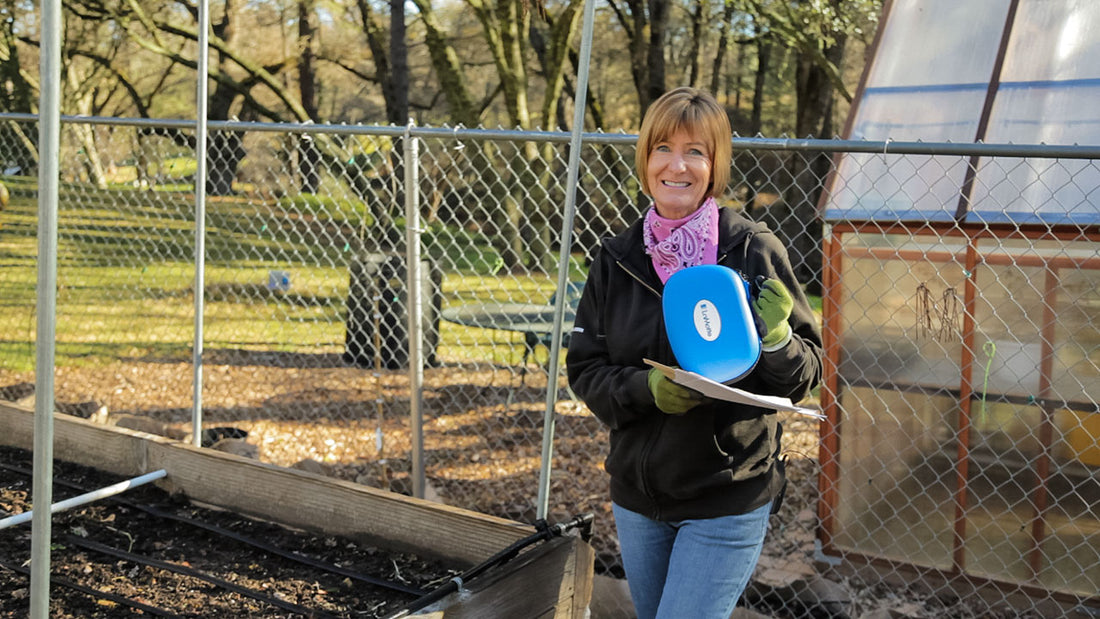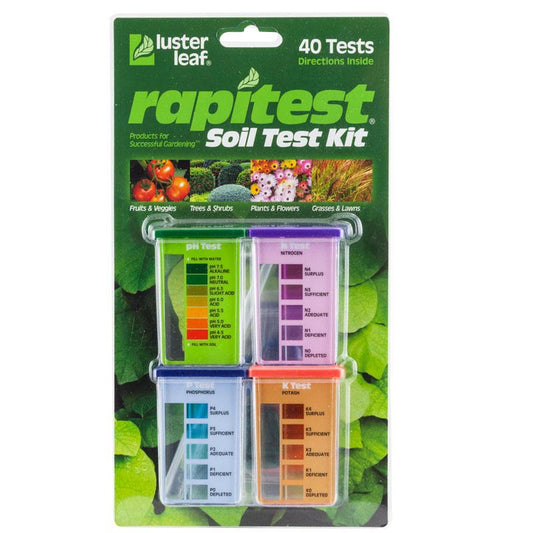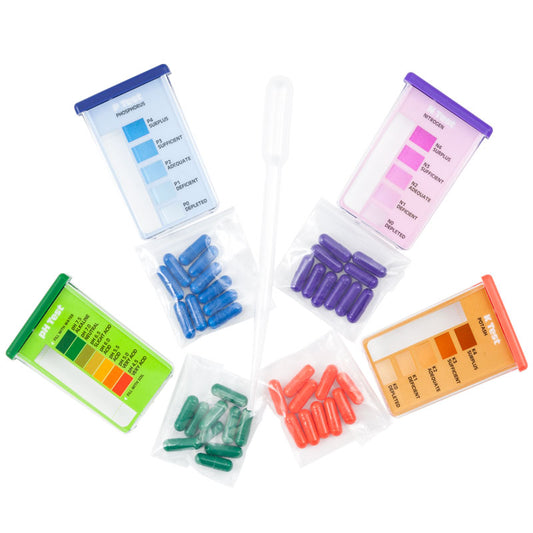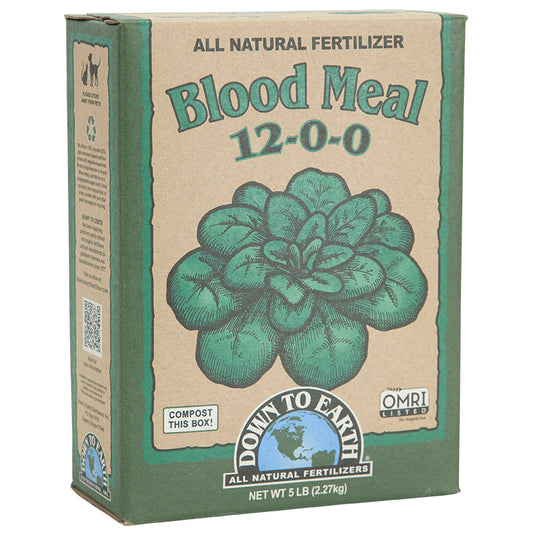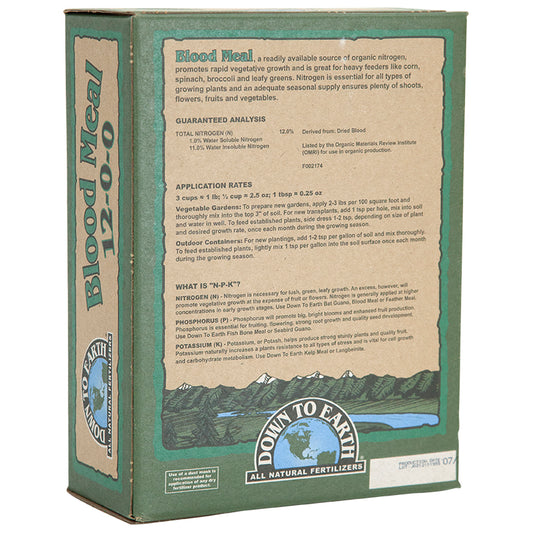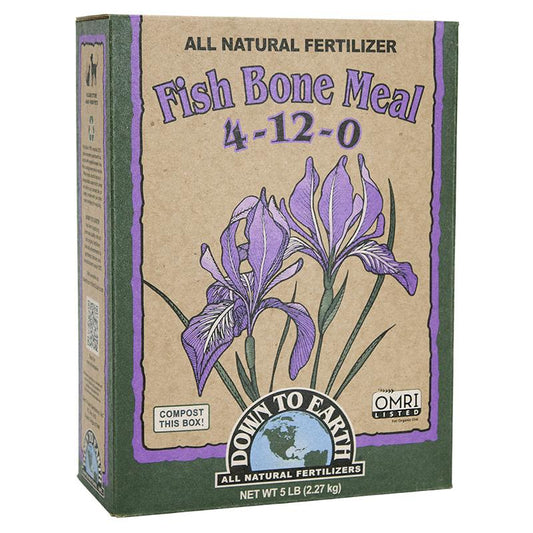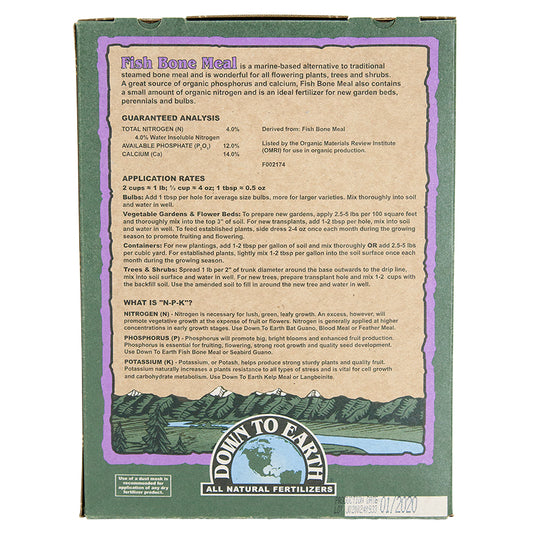Understanding Your Soil Test Results
Let's say you've followed Tricia's suggestions in our Soil Tests video, carefully collected soil samples, and sent them off for soil analysis. The soil analysis envelope arrives in your mailbox and it's the moment of truth. Is your soil the dirt equivalent of a genius, or does it need help? The free booklet we provide will show you how to interpret the results of the soil analysis, and how to measure the amount of fertilizer you may need to take your soil to the head of the class.
Organic Fertilizers to Solve Soil Problems
For practical assistance in this complex area, go to our Home page and click on Fertilizers. In the left menu bar you'll see a list of organic fertilizers, that can be sorted according to your needs.
What are those numbers on the fertilizer box?
0-10-10, for instance. The numbers represent the amounts of three macronutrients, N P and K, in a fertilizer. Memorize these letters: N-P-K means nitrogen, phosphorus, and potassium. So a zero as the first number on a fertilizer box means zero nitrogen. Here are the organic ways to add these macronutrients to your soil.
Nitrogen -- for vigorous leaves Sources: Blood Meal, Cottonseed Meal, PVFS Liquid Fish Emulsion, Fish Meal, Feather Meal, and pelleted fertilizers formulated for different kinds of plants.
Phosphorus -- for flower, fruit and root development Sources: Soft Rock Phosphate and Bone Meal.
Potassium -- vigor and other essential processes Sources: Sulfate of Potash and Greensand.
At Home Soil Tests
For around-the-garden information, you can use a DIY at-home test kit. The information provided by these test kits is not as detailed as the soil analysis testing, but can give you fast results when you're in the middle of transplanting seedlings or perennials, and want quick answers. The pH meters are handy tools for doing spot checks and keeping up with soil pH (which can change even during phases of the moon).
The more you know about your soil, the better. Don't spend your money on fertilizers until you know exactly what you need. You may be pleasantly surprised by the test scores!

